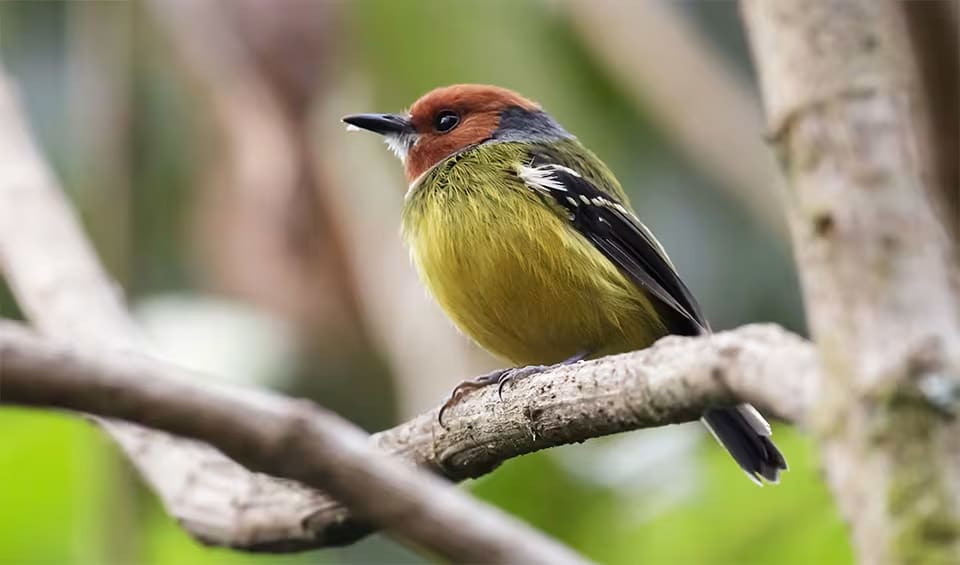Poecilotriccus – Tody-flycatchers
Captivating little birds that bring a burst of color and energy to the tropical forests of Central and South America
These tiny birds, known as tody flycatchers, are found throughout Central and South America’s tropical forests. These birds are celebrated for their vivid and varied plumage, ranging from muted earth tones to striking hues of green and blue, often adorned with distinctive patterns and markings that add to their allure.
Despite their diminutive stature, tody-flycatchers are agile and adept insectivores. Their hunting strategy is particularly fascinating: they employ a technique known as “sallying,” where they launch from a perch to capture insects in mid-flight and then typically return to the same or a nearby perch. This method of foraging is both efficient and energy-saving, allowing them to remain in a relatively confined area while feeding.
The beaks of Poecilotriccus flycatchers are small but robust, enabling them to deftly grasp and consume a variety of insects, which make up the bulk of their diet. This diet plays an essential role in controlling insect populations, which benefits the broader ecosystem.
In addition to their visual appeal, tody flycatchers are also appreciated for their vocalizations. Their calls and songs are varied and complex, contributing to the soundscape of their habitats. These vocal displays are used for communication, including mate attraction, territorial defense, and signaling alarm. The male’s song is particularly important during the breeding season, as it is used to woo females and warn rival males.
Their nests are typically well-concealed cups constructed of plant fibers and other materials. Nest placement is often low in dense vegetation or sometimes higher in tree forks, providing some protection from predators.
As inhabitants of tropical forests, these birds are sensitive to environmental changes and habitat destruction. Deforestation and habitat fragmentation pose significant threats to their populations. Conservation efforts are crucial to ensure the preservation of their natural habitats and to maintain the biodiversity of these regions.
Species in this genus
Johnson’s tody-flycatcher
They are always on the move, exploring tree canopies and emitting distinctive calls that fill the forest with their cheerful presence


